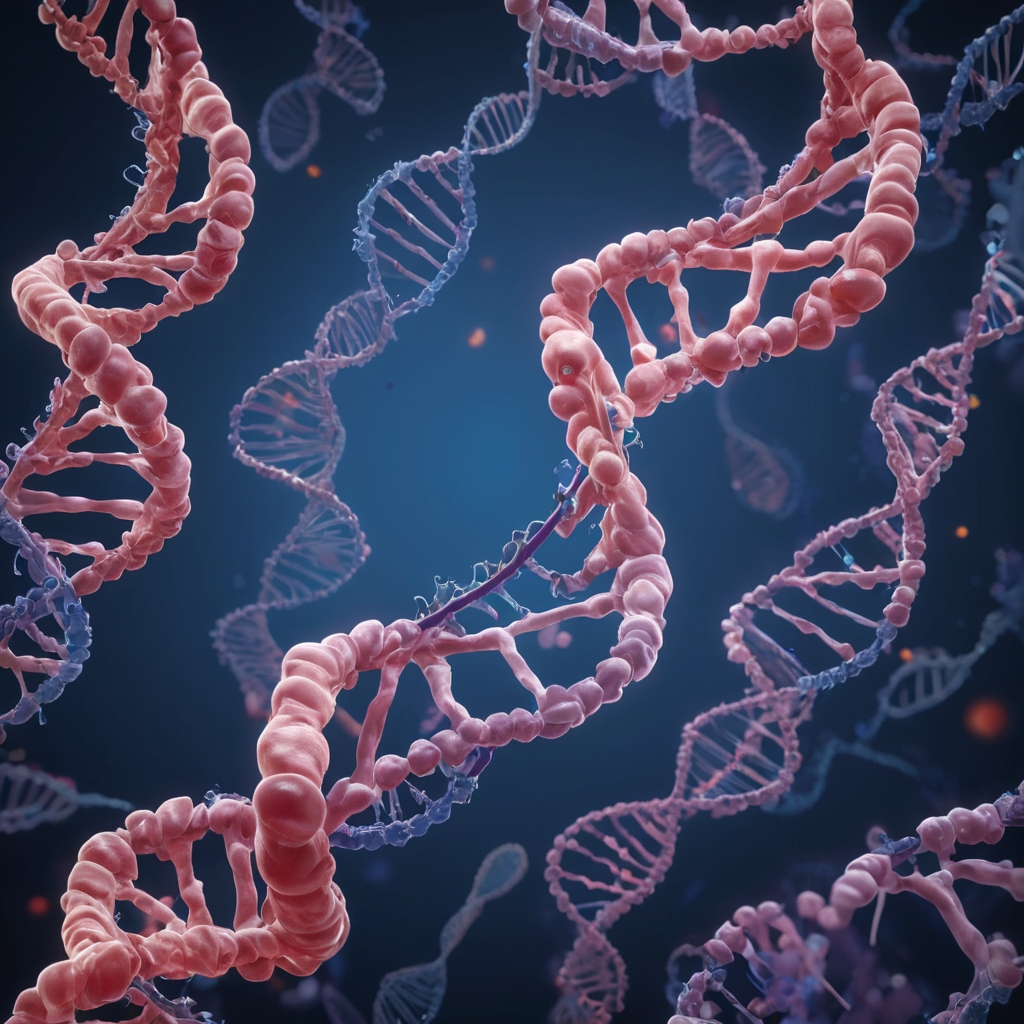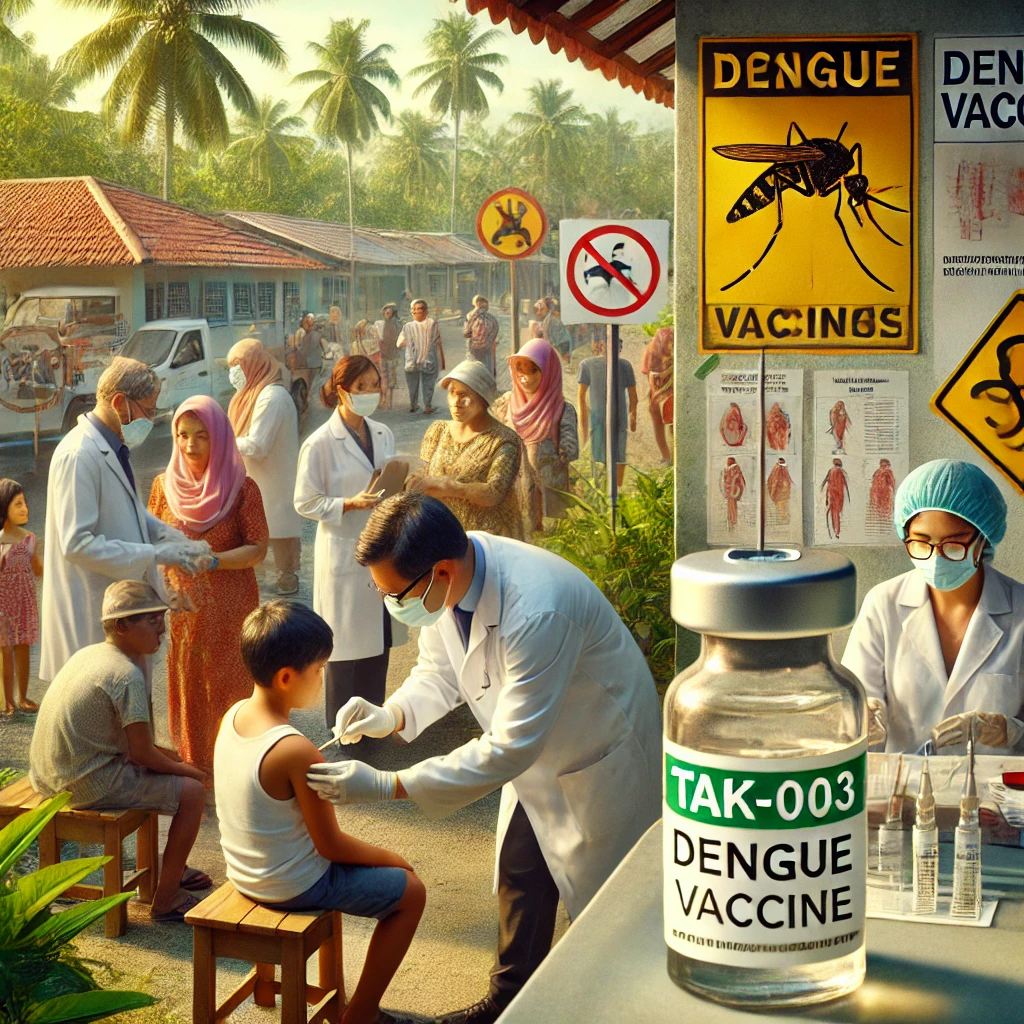Capsida Therapeutics’ CAP-003, an intravenously administered gene therapy, has shown promising preclinical results in treating Parkinson’s disease (PD) associated with GBA mutations (PD-GBA). Presented at the Society for Neuroscience’s annual meeting, the data reveal CAP-003’s substantial efficacy in nonhuman primate (NHP) models, where it demonstrated over 200-fold increased brainwide RNA expression compared to the commonly used AAV9 vector. These findings underscore CAP-003’s potential for disease modification and long-term therapeutic effects for PD-GBA, which affects around 5-15% of PD patients.
Key Findings of CAP-003’s Efficacy
CAP-003 aims to restore normal levels of glucocerebrosidase (GCase) enzyme activity, which is crucial for slowing the progression of PD-GBA. Mutations in the GBA gene impair GCase activity and lysosomal function, key mechanisms in PD’s progression. Notably, CAP-003 achieved a marked increase in GCase activity, with treated NHPs reaching GCase levels 2-8 times higher than the threshold expected to normalize enzyme activity in humans.
- Efficacy of Doses: CAP-003 doses of 5.5×10^13^ vg/kg and 2.2×10^13^ vg/kg were both effective in elevating GCase protein levels in the brain. The higher dose yielded a 488% increase, while the lower dose achieved a 335% increase.
- Reduction in GluSph Levels: CAP-003 also significantly reduced glucosylsphingosine (GluSph) levels, an indicator of lysosomal engagement. GluSph levels dropped by 59% at the 2.2×10^13^ vg/kg dose and 79% at the 5.5×10^13^ vg/kg dose, signaling CAP-003’s potential impact on disease-related lysosomal dysfunction.
Comparative Advantage Over AAV9 Vector
One standout aspect of CAP-003 is its brainwide biodistribution and reduced off-target effects in non-brain tissues compared to the AAV9 vector. CAP-003 displayed:
- Enhanced Brain Distribution: CAP-003’s RNA expression in the brain was over 200 times higher than that achieved by AAV9.
- Reduced Liver and DRG Distribution: CAP-003 showed a 19-fold reduction in liver biodistribution and a 17-fold reduction in dorsal root ganglia (DRG) expression, which reduces potential adverse effects often observed with AAV9.
This biodistribution pattern indicates that CAP-003 may have a safer side-effect profile for long-term use compared to AAV9, making it a more promising candidate for human application.
Clinical Translation and Next Steps
Capsida’s CAP-003 gene therapy program is on track to enter clinical trials in early 2025, positioning it among the most advanced therapeutic efforts for PD-GBA. The ongoing preclinical results provide a strong foundation for its clinical potential, as increased GCase activity in cerebrospinal fluid (CSF) and plasma biomarkers align with brain activity levels, supporting CAP-003’s use in human trials.
Broader Context: GBA-PD Treatments in Development
The interest in therapies for PD-GBA has surged, with several agents in development. For instance, BIAL R&D’s allosteric GCase activator, BIA 28-6156, recently entered phase 2 trials (ACTIVATE trial) to evaluate its efficacy in patients with GBA mutations. As PD-GBA patients tend to experience more severe and faster-progressing symptoms, effective treatments could significantly improve quality of life and slow the disease course for this high-risk group.
Conclusion
Capsida’s CAP-003 gene therapy represents a significant step forward in the treatment of GBA-associated Parkinson’s disease. With its innovative approach to enhancing brain-specific delivery and limiting systemic exposure, CAP-003 holds promise for offering long-term disease modification in PD-GBA patients. The continued development and potential future approval of CAP-003 could pave the way for more targeted and effective gene therapies for neurodegenerative diseases.
FAQs
- What is CAP-003? CAP-003 is a gene therapy developed by Capsida Therapeutics to treat Parkinson’s disease associated with GBA mutations. It aims to restore normal GCase enzyme levels to slow disease progression.
- Why is GCase activity important in Parkinson’s Disease? GCase enzyme is crucial for lysosomal function. Reduced GCase activity, due to GBA mutations, contributes to lysosomal dysfunction, which can lead to alpha-synuclein buildup, a hallmark of Parkinson’s pathology.
- How does CAP-003 compare to AAV9-based therapies? CAP-003 shows over 200-fold increased RNA expression in the brain and lower distribution in the liver and DRG compared to AAV9, indicating a more favorable biodistribution profile.
- What preclinical results support CAP-003’s efficacy? CAP-003 has shown significant increases in GCase protein and enzyme activity in nonhuman primates, with reductions in GluSph levels, indicating active lysosomal engagement.
- When will CAP-003 enter human trials? Capsida Therapeutics plans to initiate clinical trials for CAP-003 in early 2025.
- Are there other treatments in development for PD-GBA? Yes, several treatments are in the pipeline, including BIAL R&D’s BIA 28-6156, an allosteric activator of GCase currently in phase 2 trials.
Join us on 4th – 5th March 2025 in Pune, India, for the 15th Annual Vaccine World Summit, where influential stakeholders from across sectors will gather to strategize and collaborate on overcoming challenges and seizing opportunities in vaccine development, distribution, and manufacturing. As a hub of global vaccine production, India plays a crucial role in this effort, and this summit is dedicated to fostering partnerships, sharing insights, and driving innovation to enhance vaccine accessibility, affordability, and equity—especially for Developing Nations. Together, let’s advance universal immunization and improve public health outcomes worldwide. Find out more: https://imapac.com/events/vaccines-world-summit/





